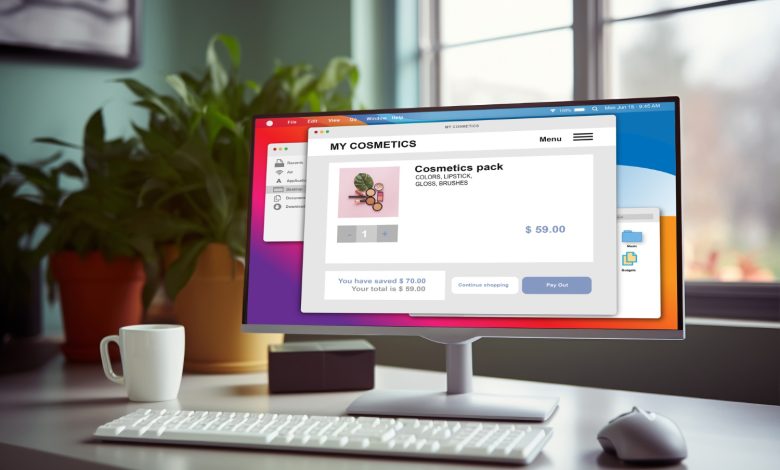What Every Business Needs to Know About Secure Browsers

Attributed to: Derrick Leau, Country Manager, Singapore, CyberArk.
 More than 30 years have passed since the first web browser was introduced to the world. Today, web browsers have become ubiquitous in our professional and personal lives. However, because the lines between the two are increasingly blurred and many employees also use their browsers at work for personal matters, common consumer browsers are a security liability, as seen by the numerous reports of data breaches.
More than 30 years have passed since the first web browser was introduced to the world. Today, web browsers have become ubiquitous in our professional and personal lives. However, because the lines between the two are increasingly blurred and many employees also use their browsers at work for personal matters, common consumer browsers are a security liability, as seen by the numerous reports of data breaches.
Discussions with CISOs, CIOs, and security experts consistently conclude that consumer browsers like Apple Safari, Microsoft Edge, and Google Chrome do not fulfil the security requirements of today’s enterprises. In recent years, security researchers, including those from CyberArk Labs, have shown how attackers exploit vulnerabilities in consumer browsers, using methods such as cookie theft, to compromise organisational security. These experiments underscore how easy it is for attackers to hijack sessions.
The problem is that consumer browsers lack the necessary controls for secure enterprise operations. They are especially vulnerable because of the complex demands on modern workforce identities and the various endpoints from which employees access sensitive company data. This gap exposes these browsers to attacks that can lead to data breaches.
Underscoring this, CyberArk’s 2023 Identity Security Threat Landscape Report found that 99.9% of organisations in the Asia Pacific and Japan (APJ) region anticipate identity breaches this year. Furthermore, 63% of these breaches are expected to occur as part of digital transformation programmes such as replacing obsolete systems or moving to the cloud.
Improved Security Driven by SaaS
Additionally, the same report indicates that over the next 12 months, APJ businesses are expected to adopt Software-as-a-Service (SaaS) solutions 70% more frequently. This is consistent with the trends from the last decade, which show enterprises pivoting from on-premises software to SaaS-based models.
This shift, combined with other trends in work dynamics driven by factors such as remote workforces becoming more common, poorly managed Bring-Your-Own-Device (BYOD) policies, new environments, and emerging attack techniques, has increased the need to strengthen security across all access points.
Given the widespread use by both human and machine identities to access sensitive data, secure browsers are critical to preventing intrusions. Prioritising secure web sessions with a defence-in-depth approach is essential today. This entails implementing passwordless and privileged access mechanisms while imposing least privilege policies on endpoints. A secure browser fully integrates these layers, protecting identities and acting as the primary gateway to corporate data.
Enhanced Workforce Productivity
Balancing security with workforce productivity is crucial. The enterprise browser must protect and provide a seamless and familiar user experience for an organisation’s employees.
Using a secure enterprise browser enhances the user experience. It allows users to access enterprise resources without the need to reauthenticate for every federated application or password-protected site, streamlining the workflow to a single click. This setup boosts productivity without compromising security, creating a win-win scenario.
Increased Flexibility for Security Compliance and Privacy
As cybersecurity requirements tighten, compliance and privacy issues increase. CISOs are becoming more accountable to corporate boards for meeting both current and new security laws. Compliance and privacy teams are always working to ensure that firms follow legislation governing the use and storage of corporate data, as well as the privacy of users and customers.
Consumer-based browsers usually retain sensitive information, such as passwords and credit card numbers, and frequently share data with third-party apps, increasing the risk of security breaches. An enterprise browser returns control to security teams, allowing them to decide what data is stored in the cloud and what is kept on-premises. It has built-in security elements that enable compliance and ensure that privacy rules are met, which eases the concerns of compliance and privacy teams about the security of critical data.
Secure Identities Using an Enterprise Browser
As the threat landscape advances, it is critical to safeguard consumers from vulnerabilities found in unprotected browsers. In the existing architecture, the browser is frequently treated as an independent component within the IT security system, with less attention paid to it than other aspects. This needs to change. Implementing a corporate browser that is fully integrated into the security stack is critical for ensuring that identities are not compromised. However, it is equally crucial to strike a balance between security and worker efficiency while providing a frictionless user experience.




